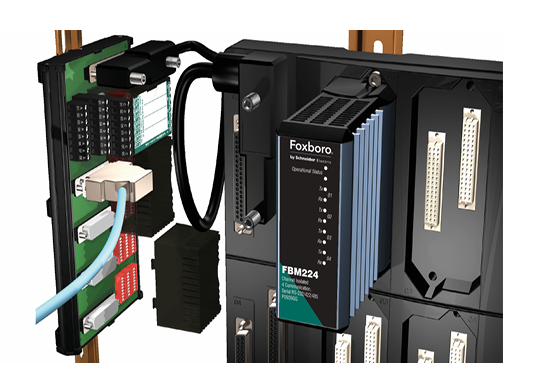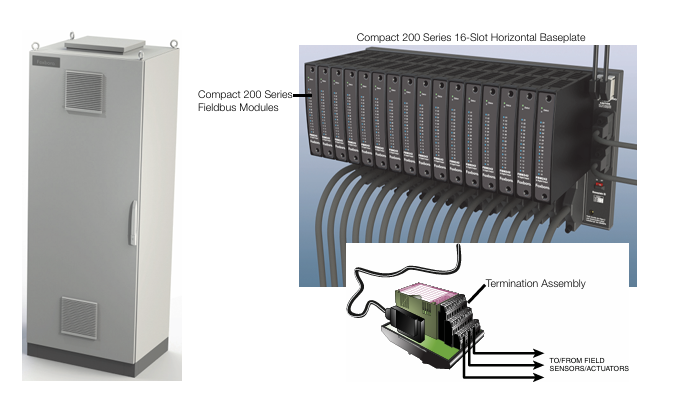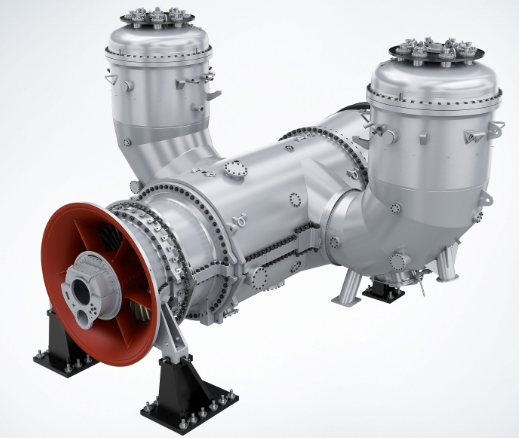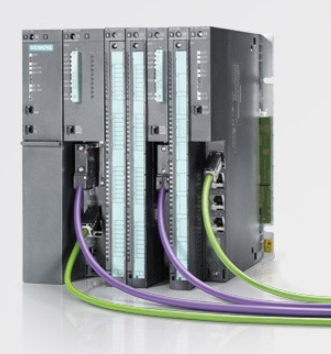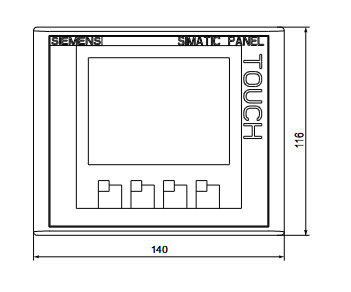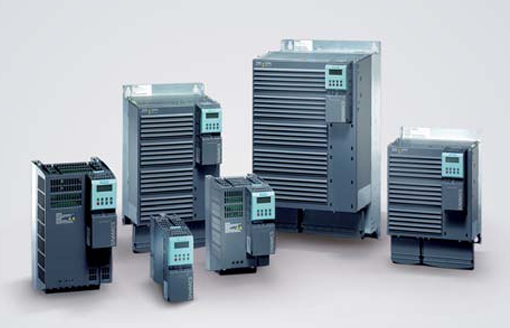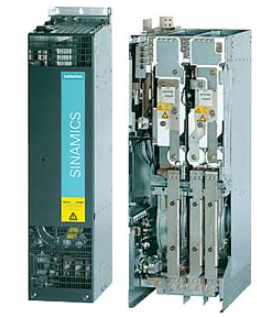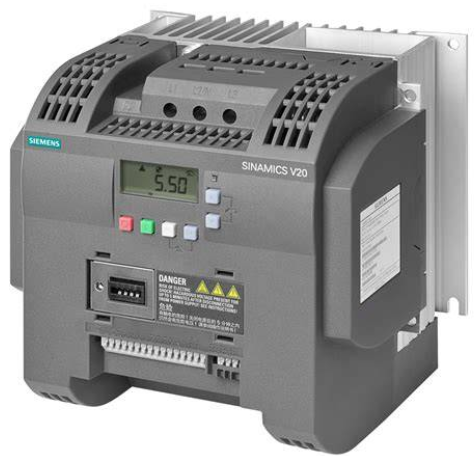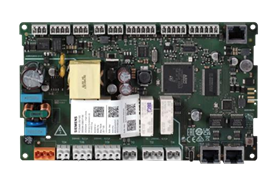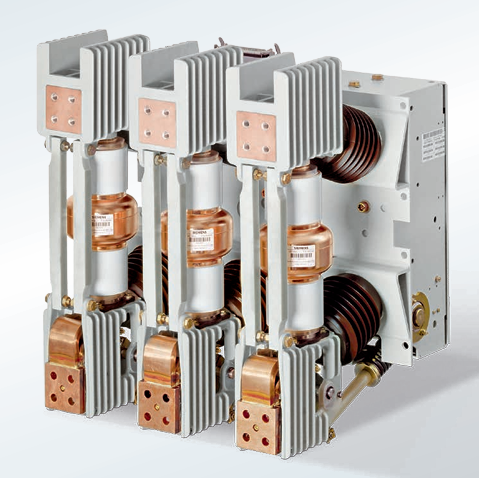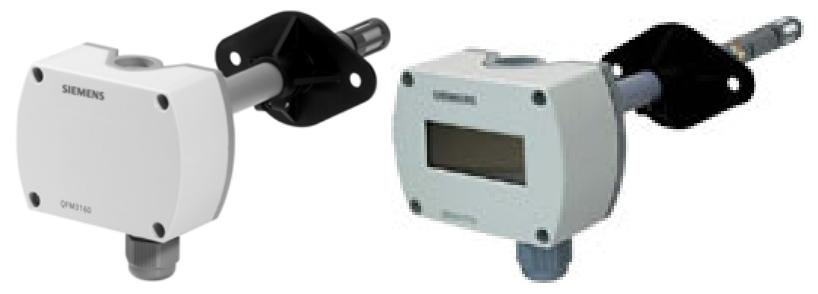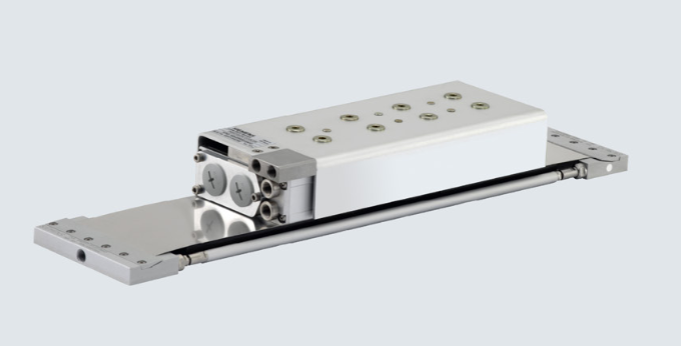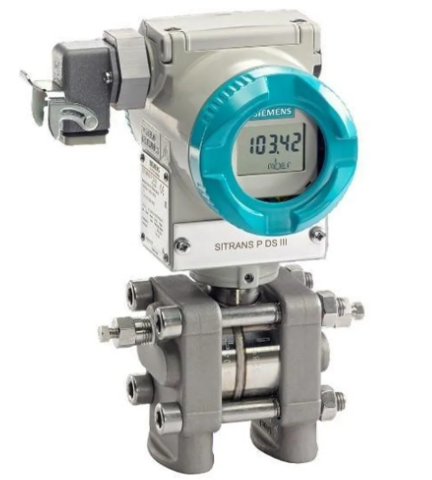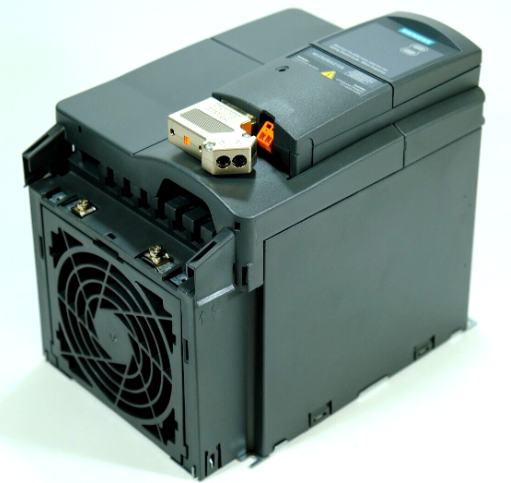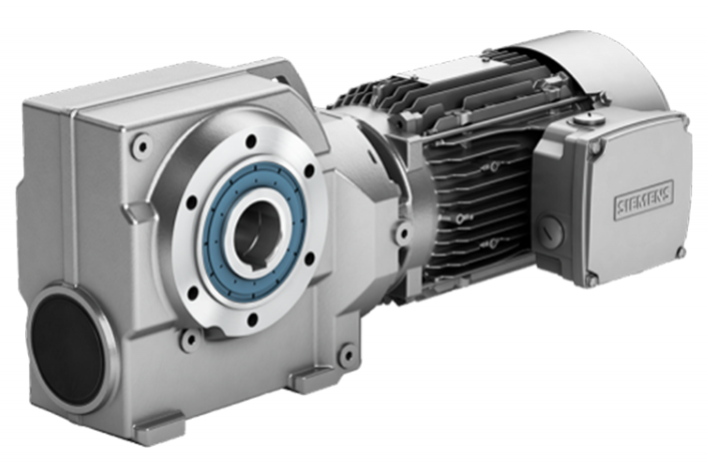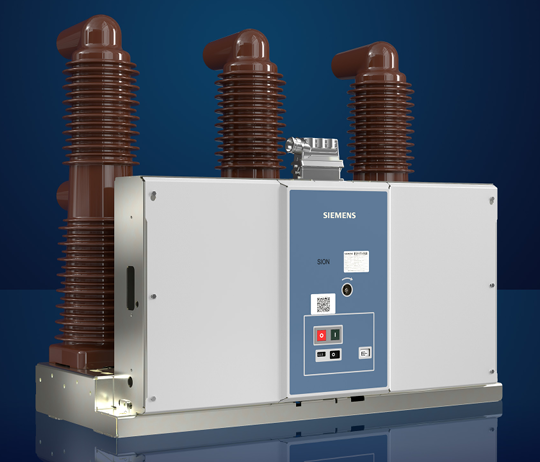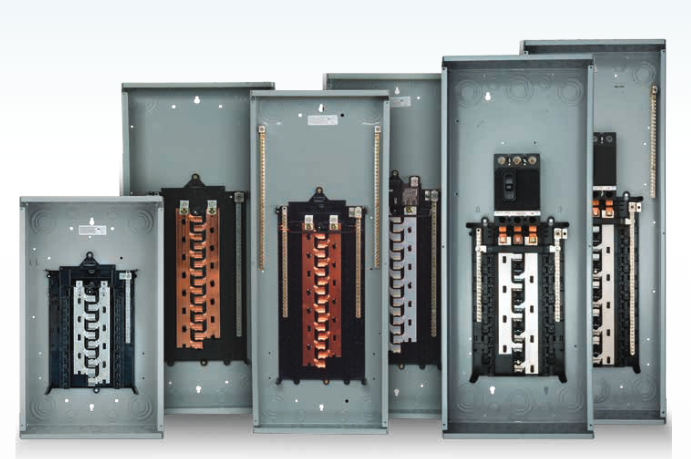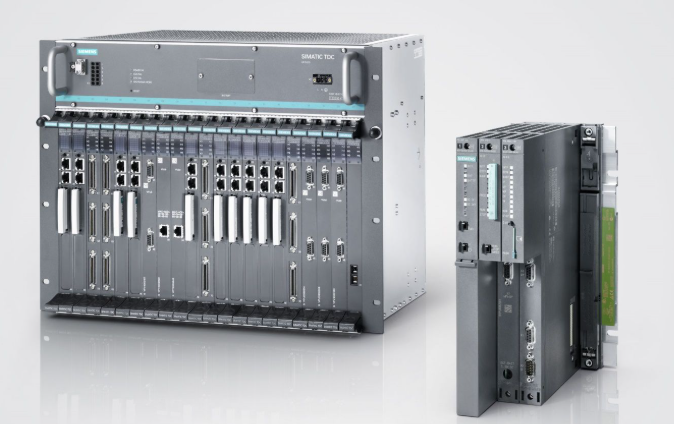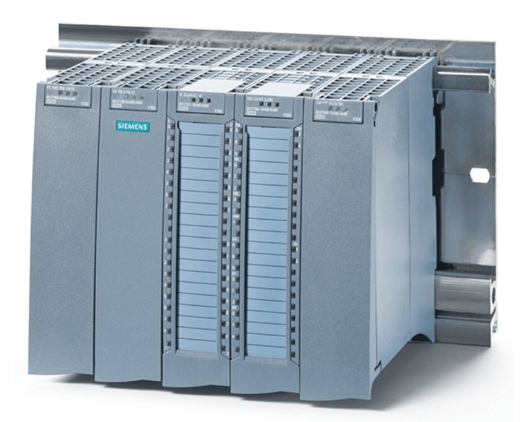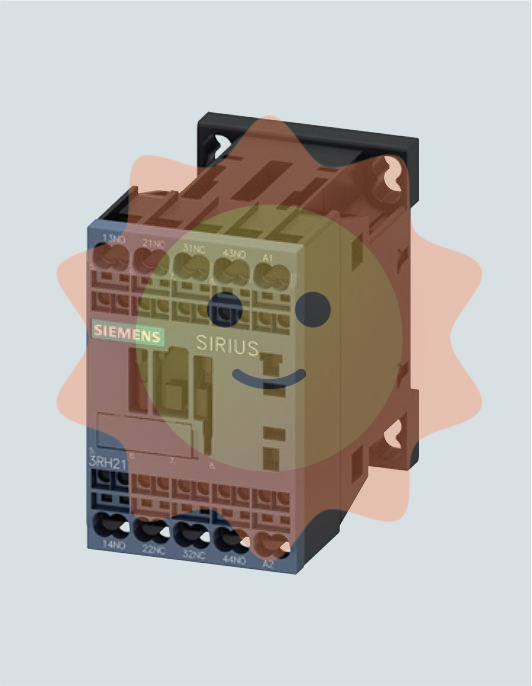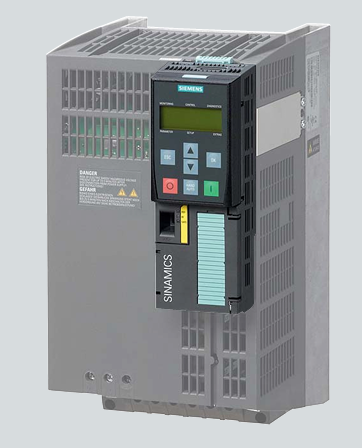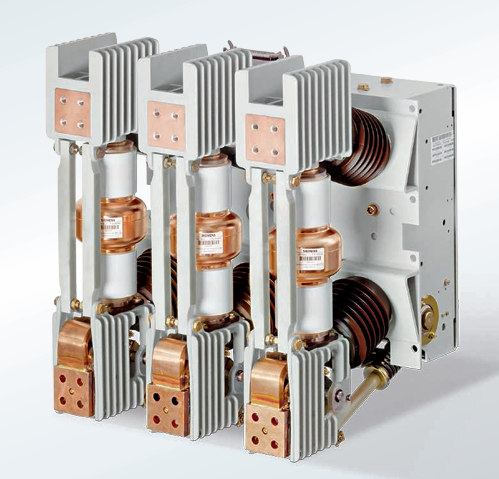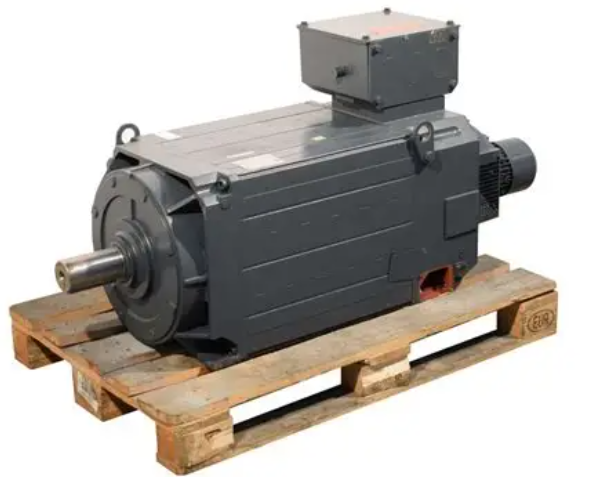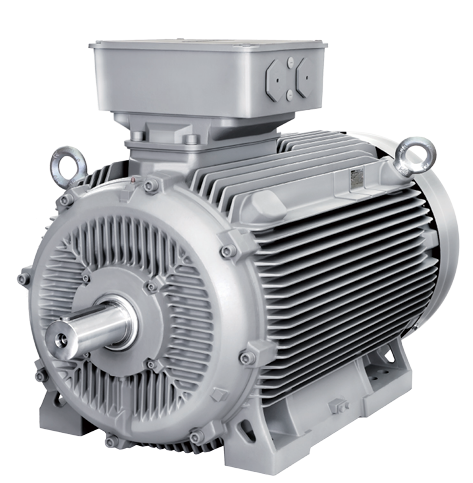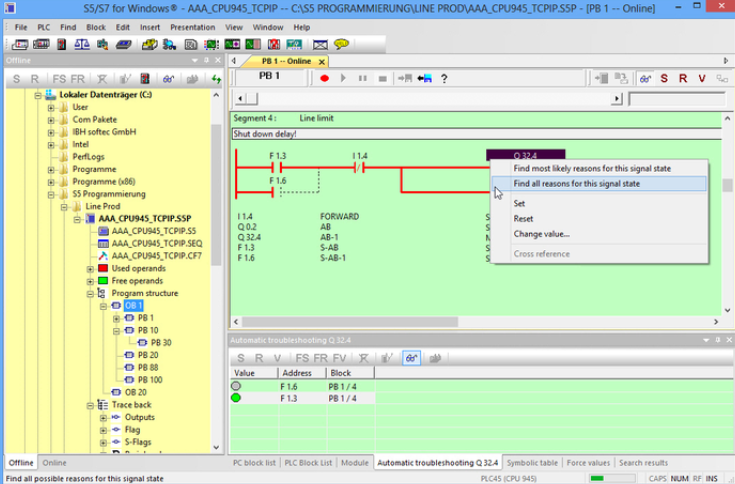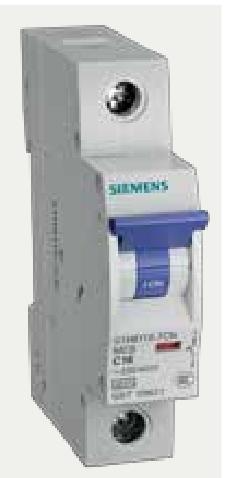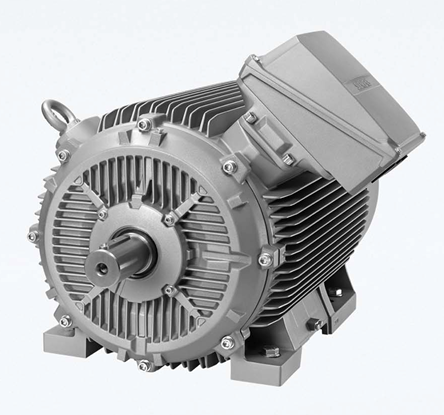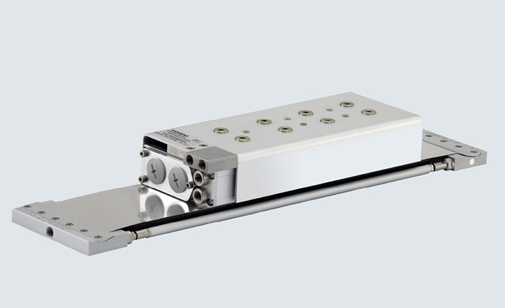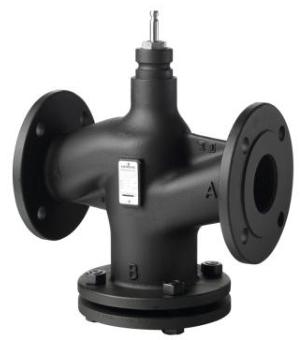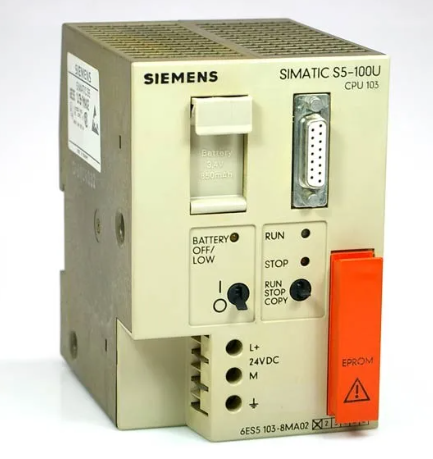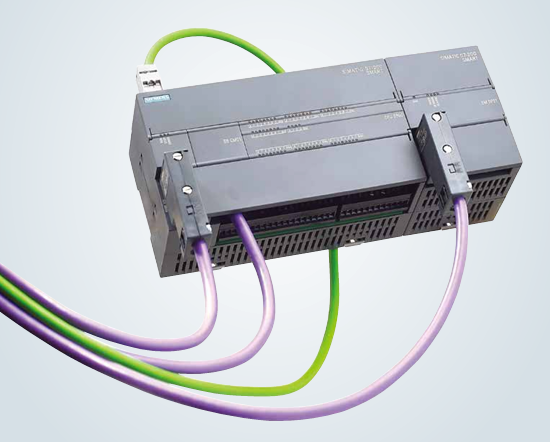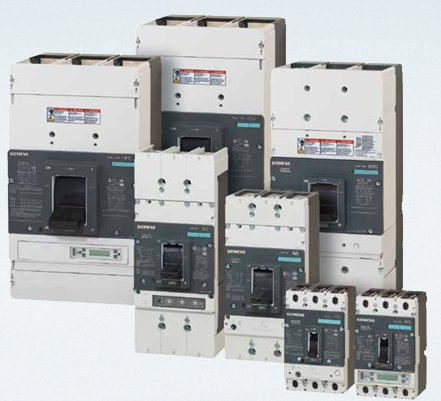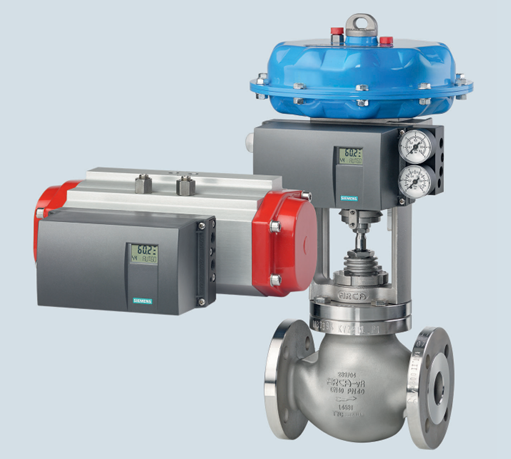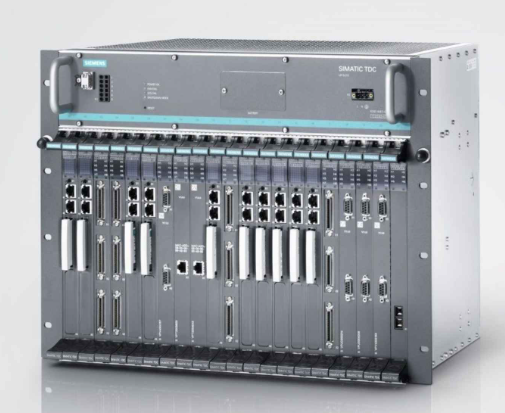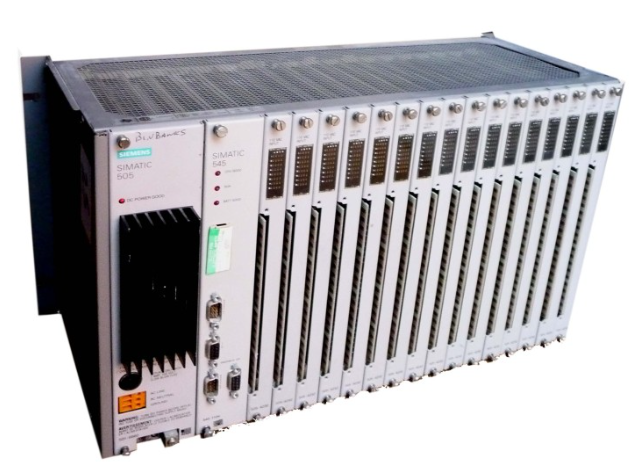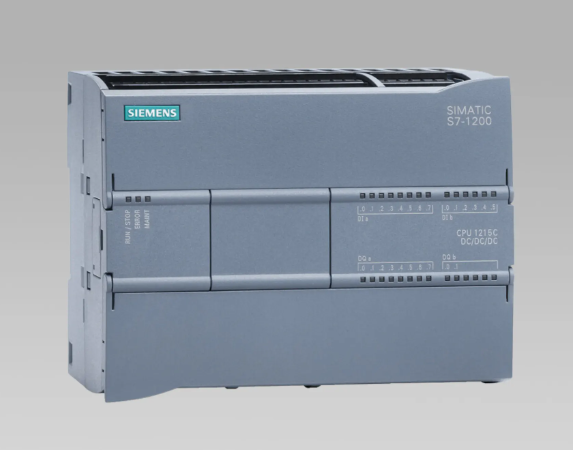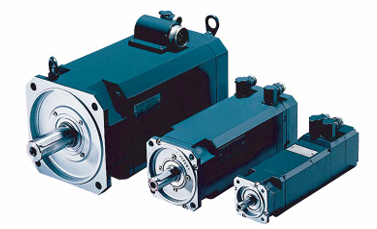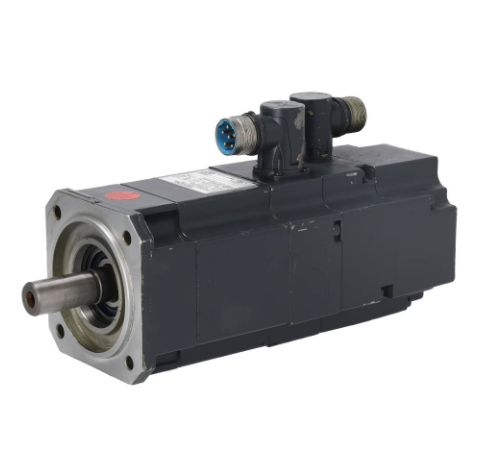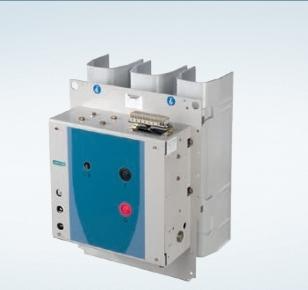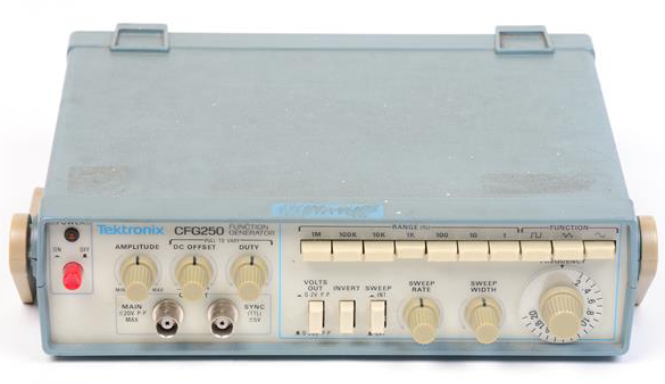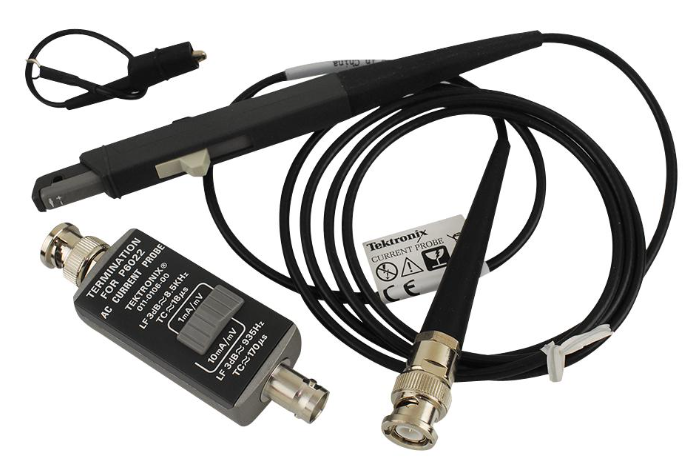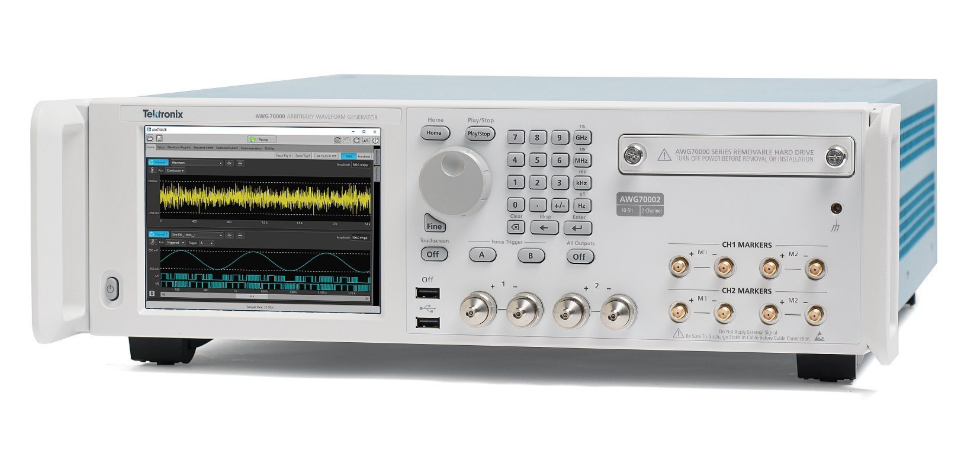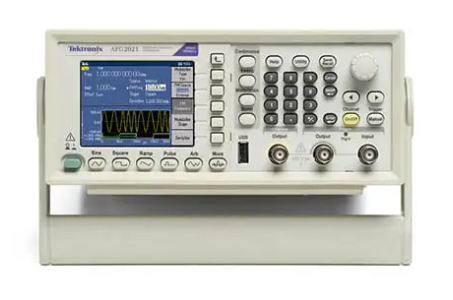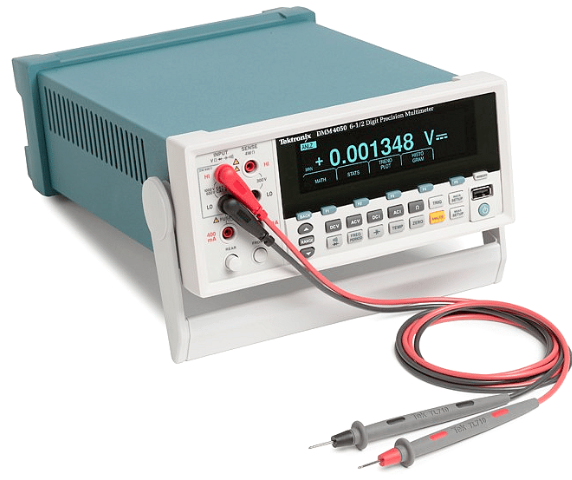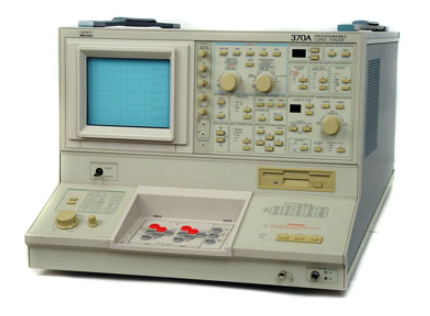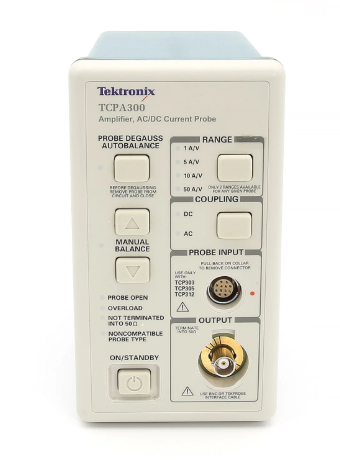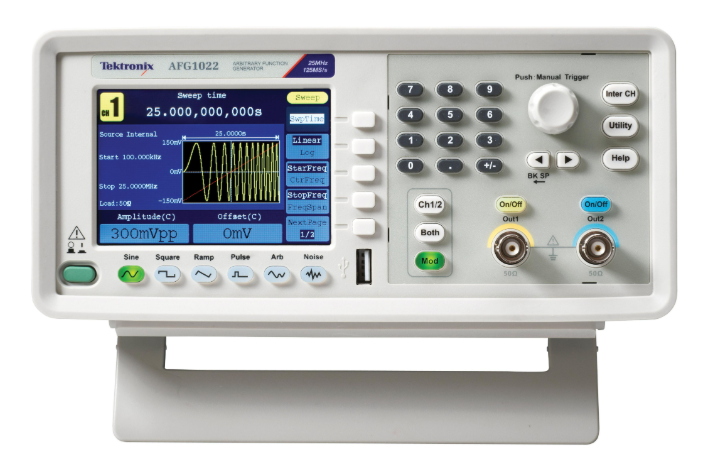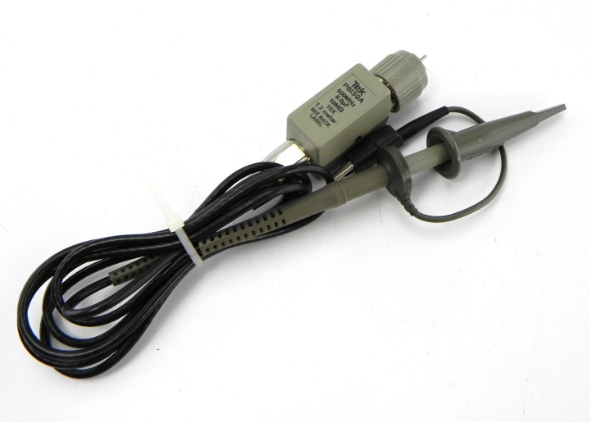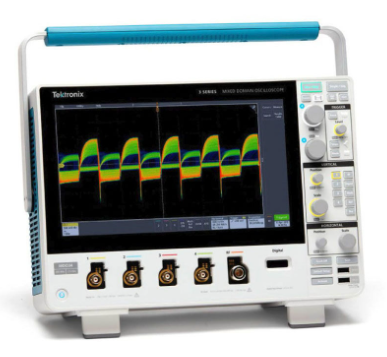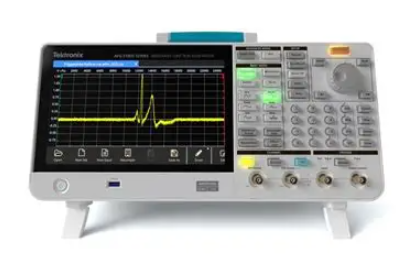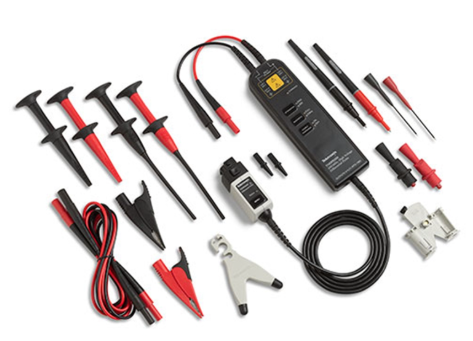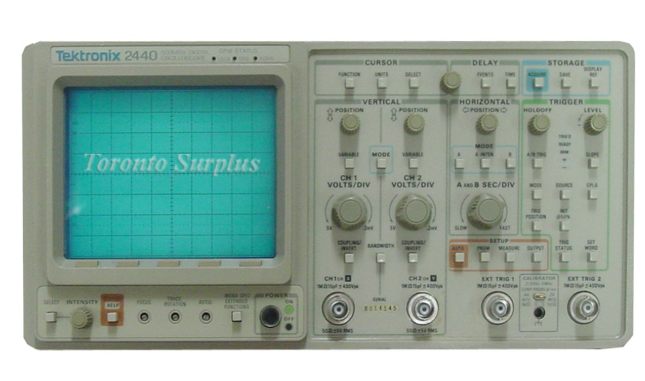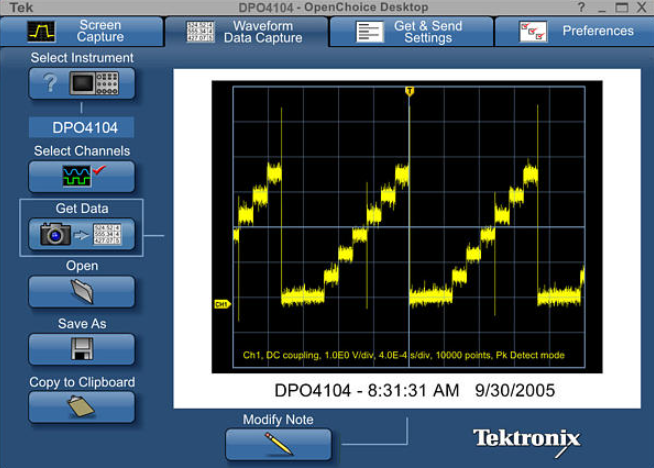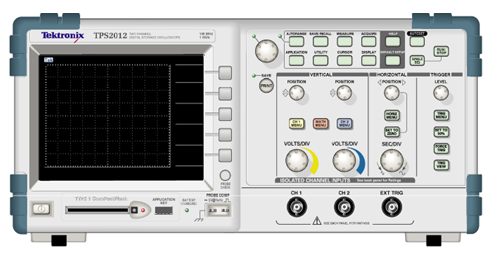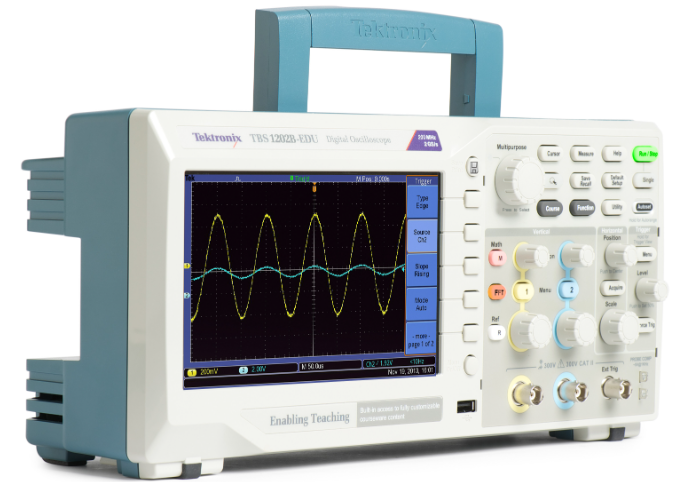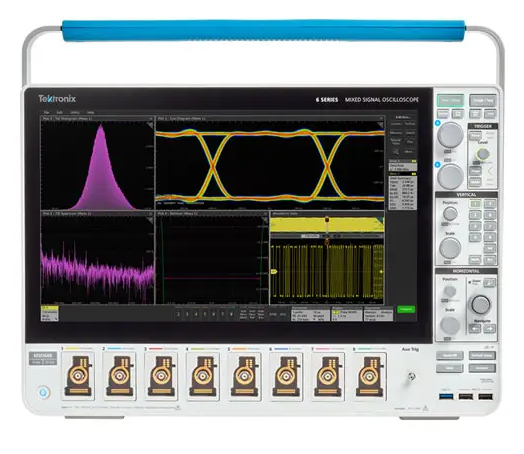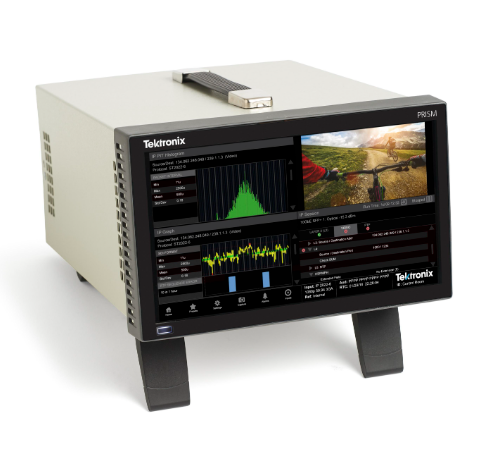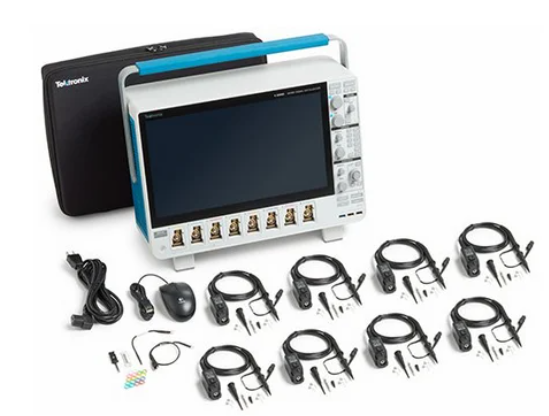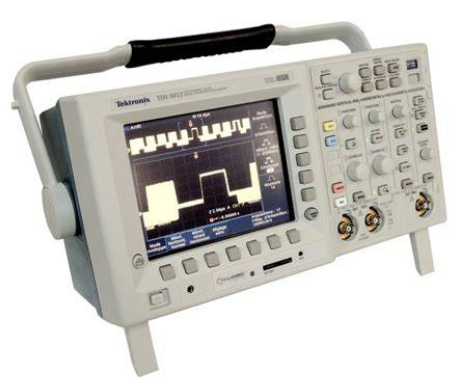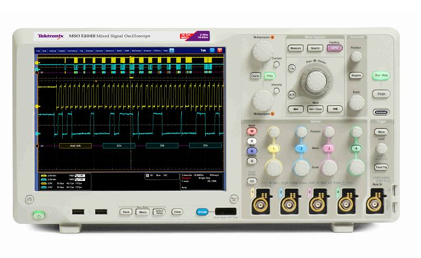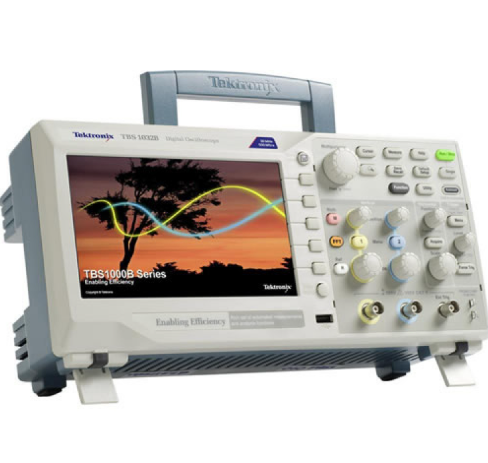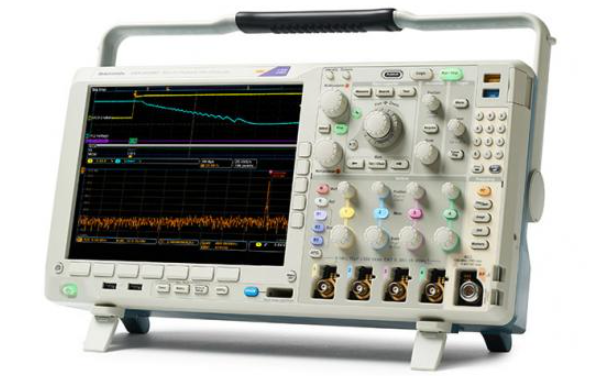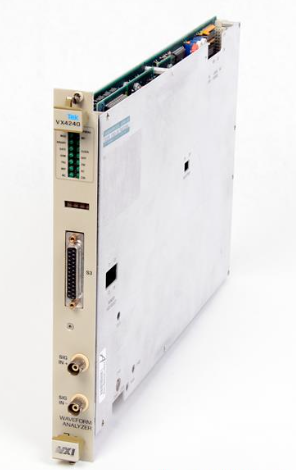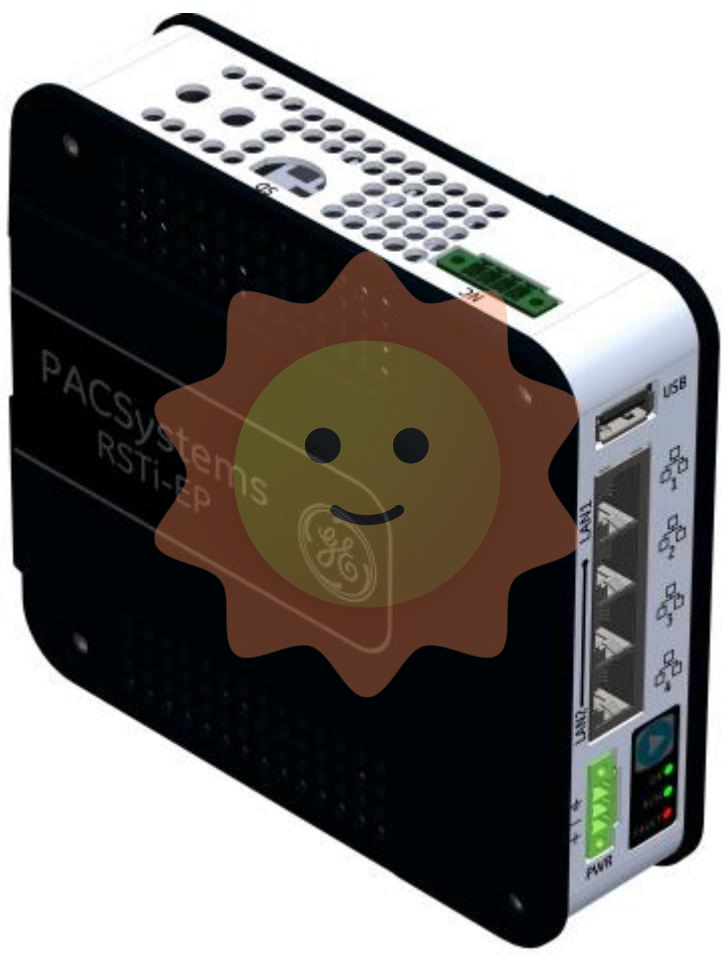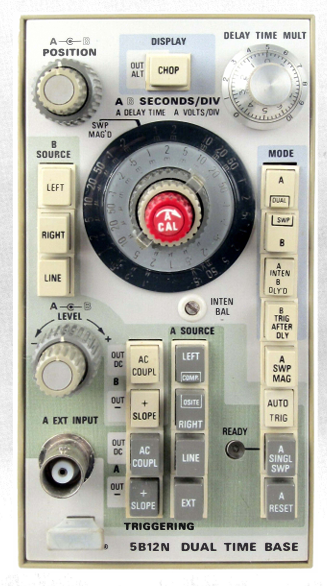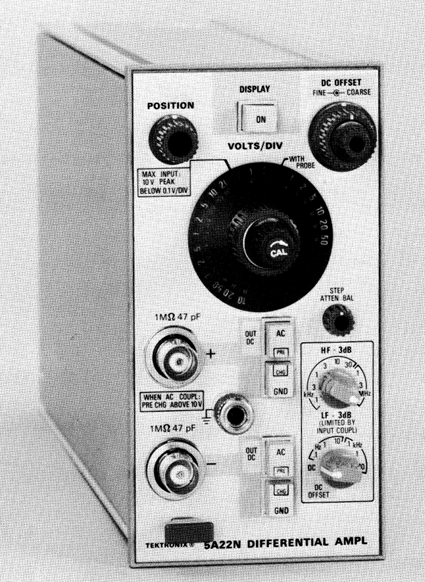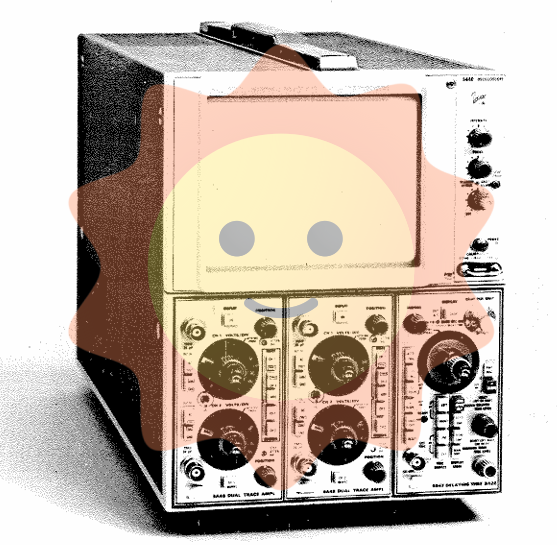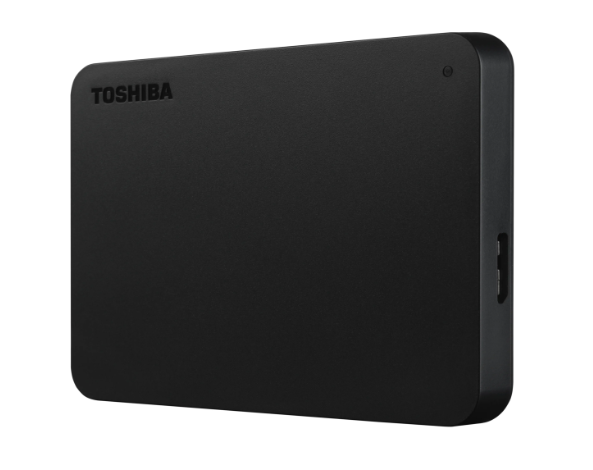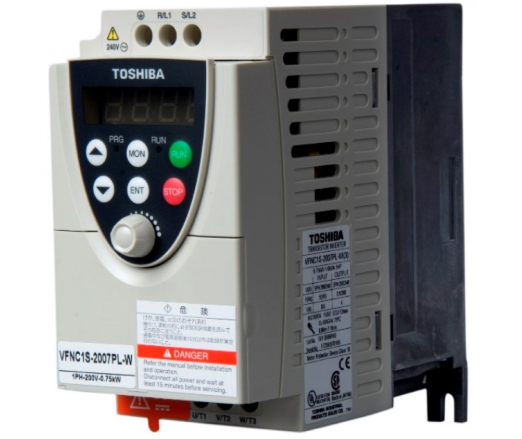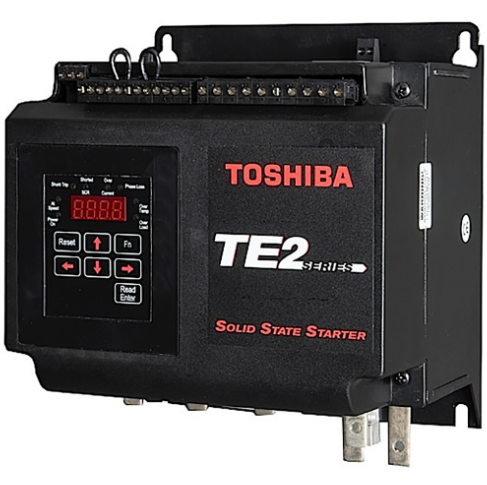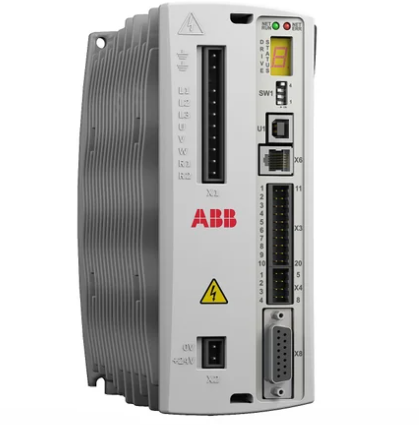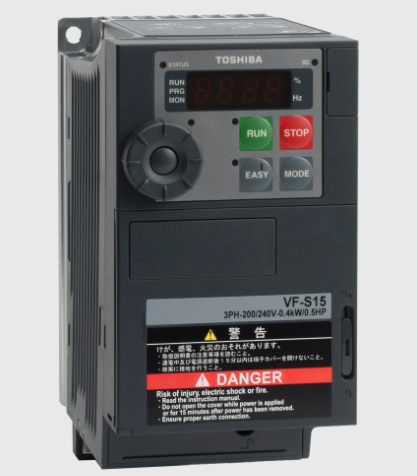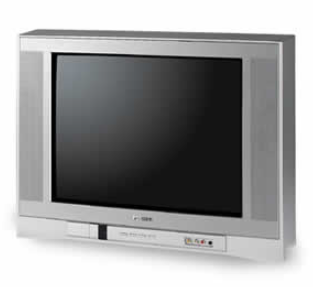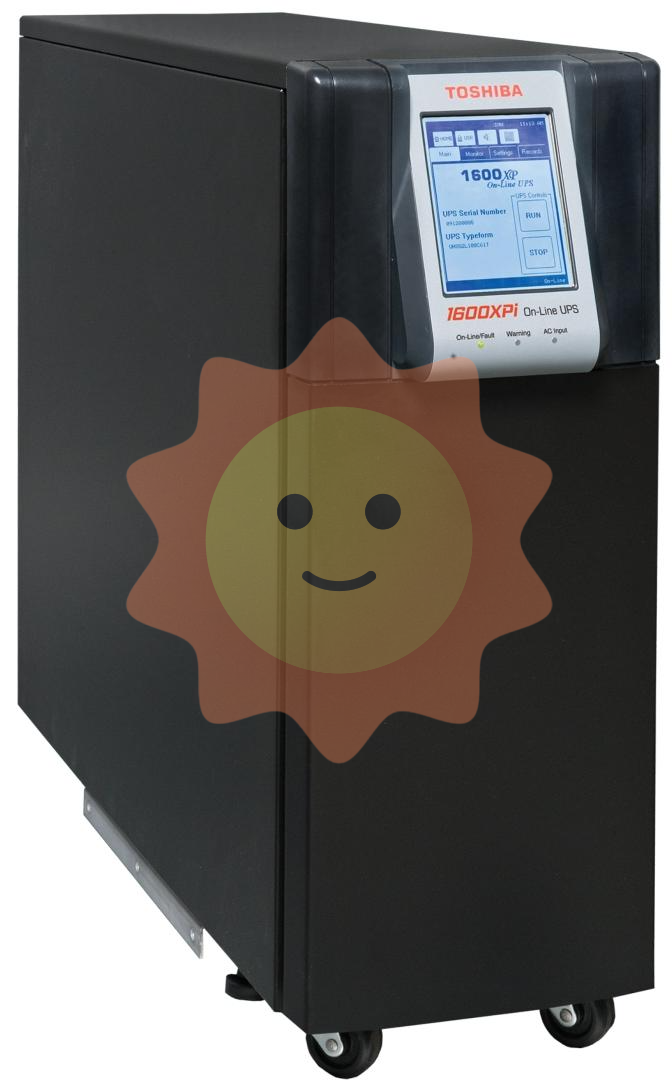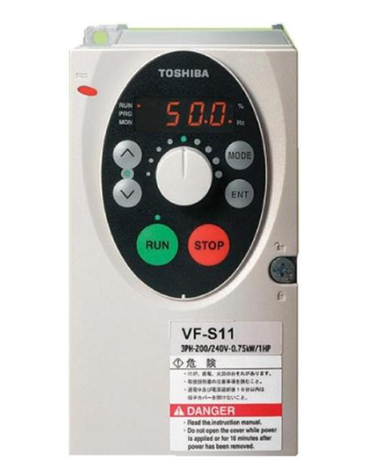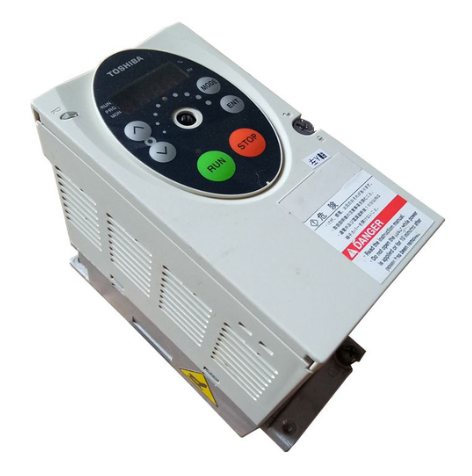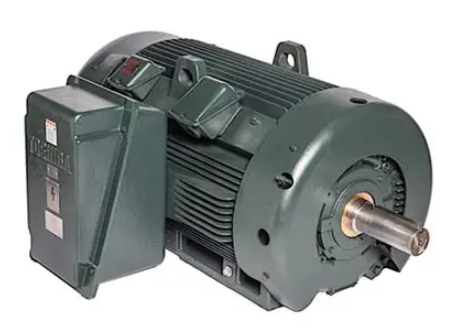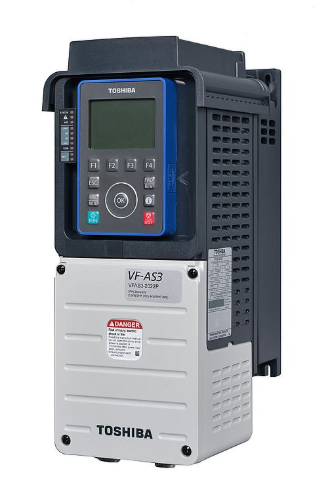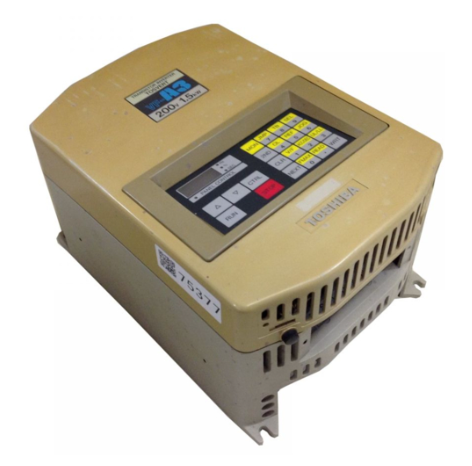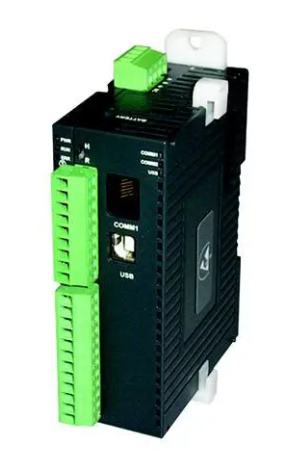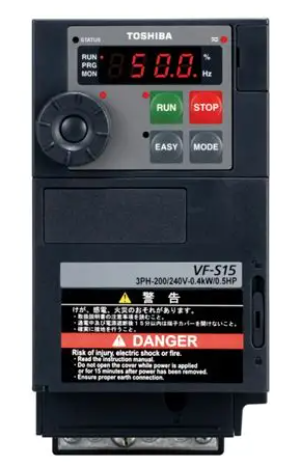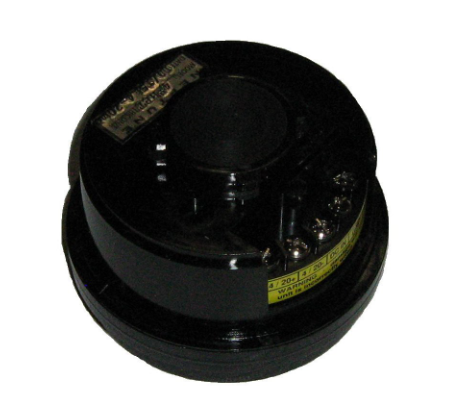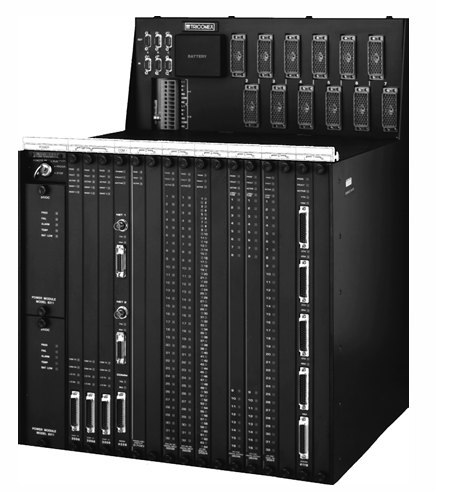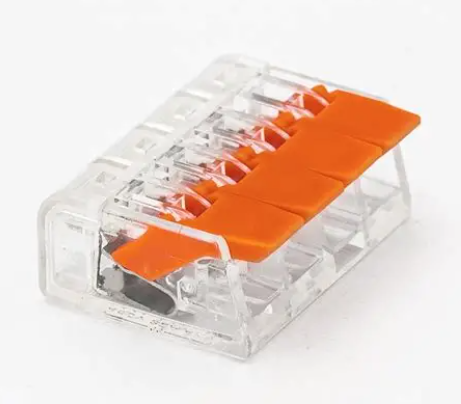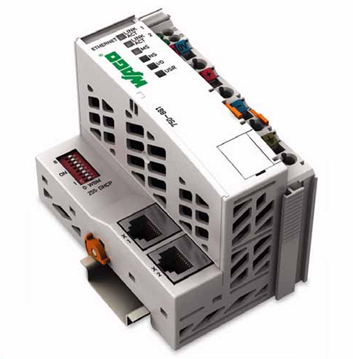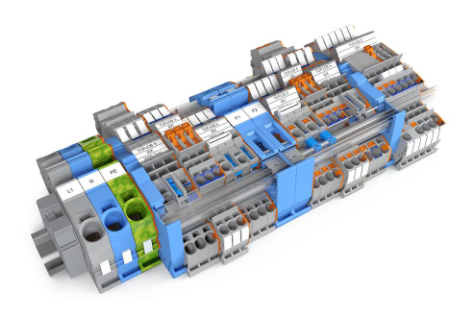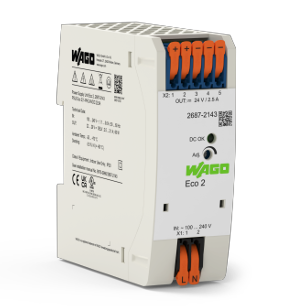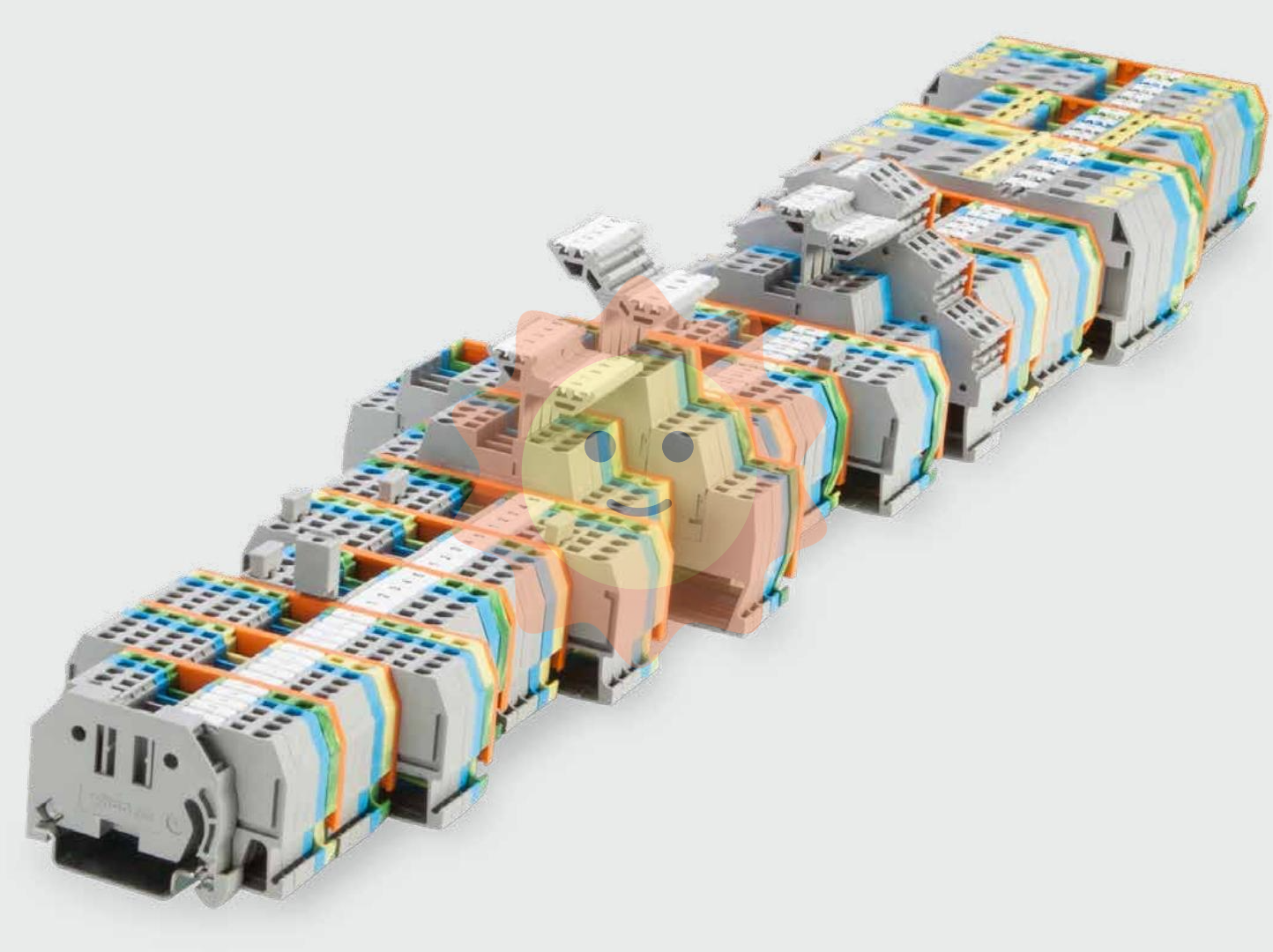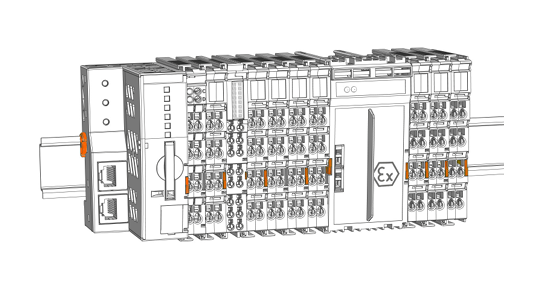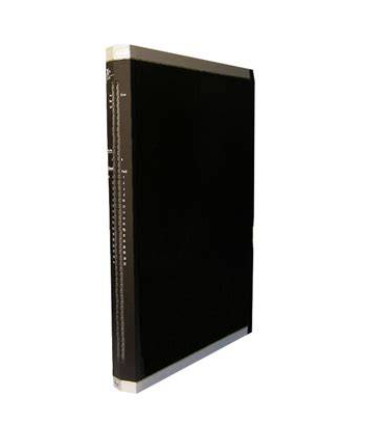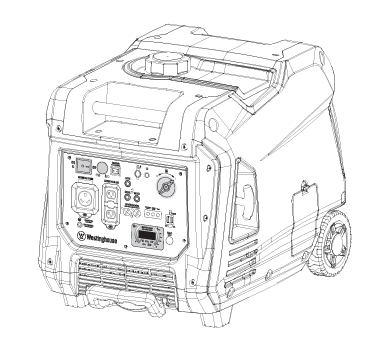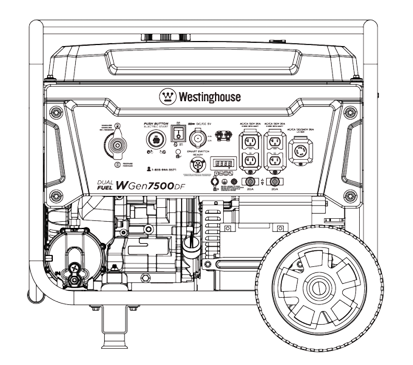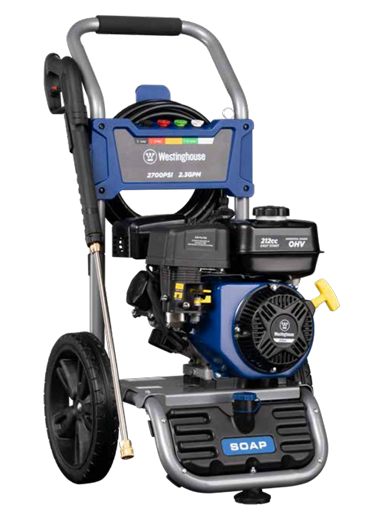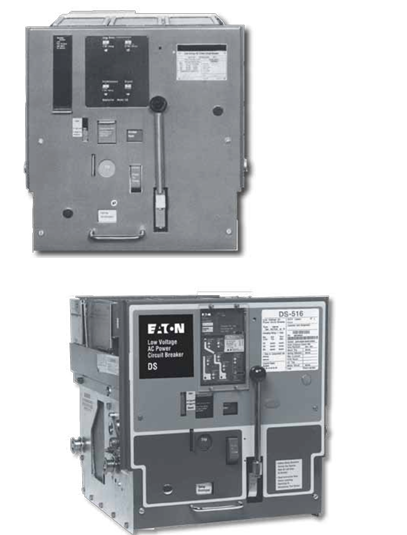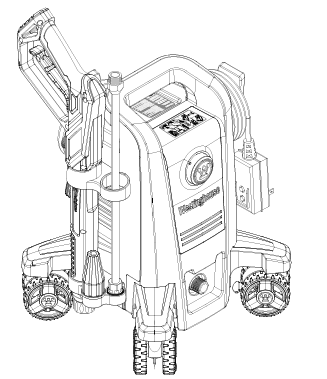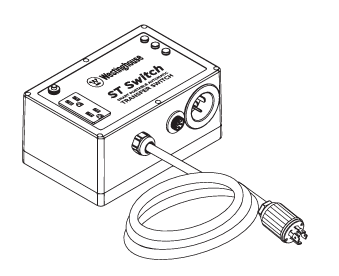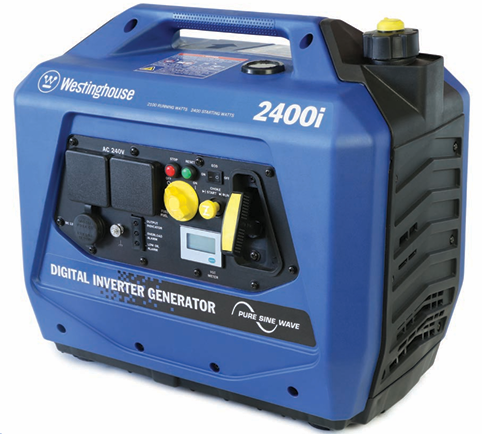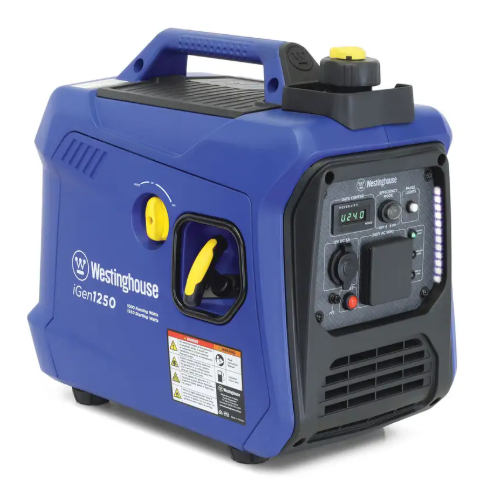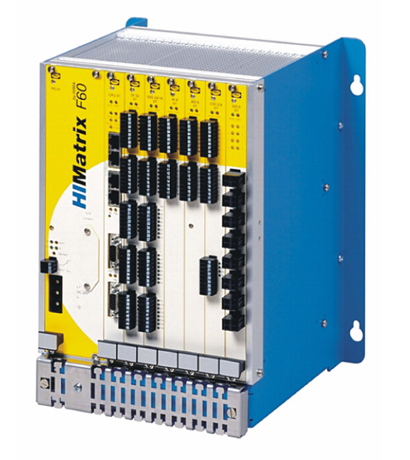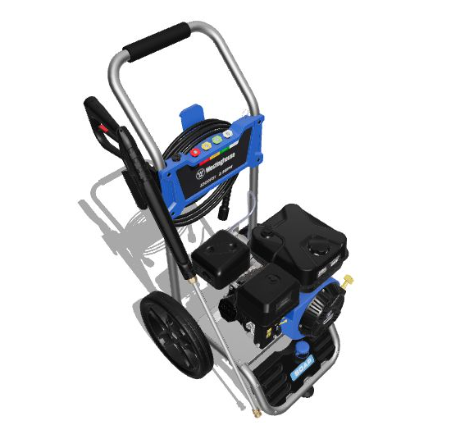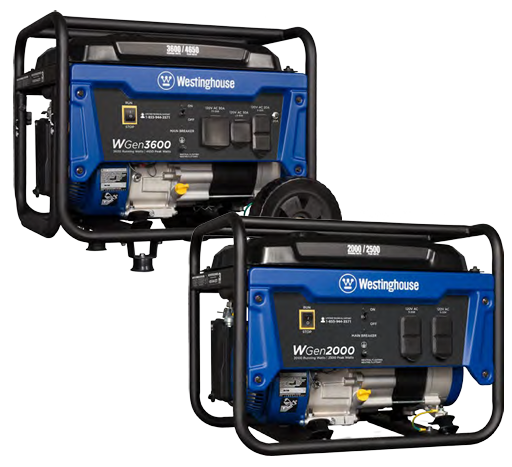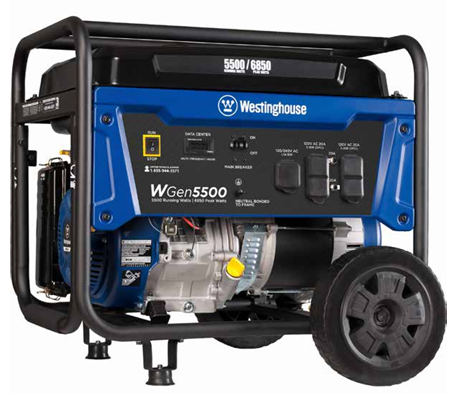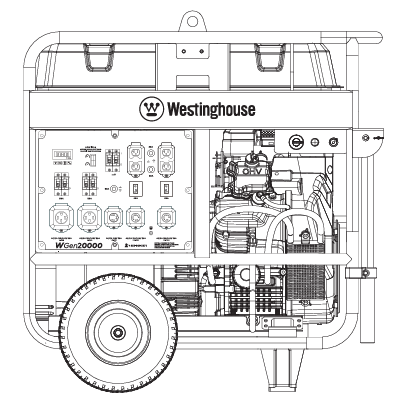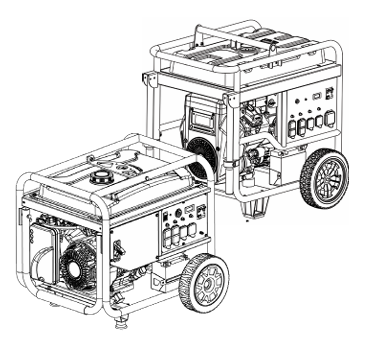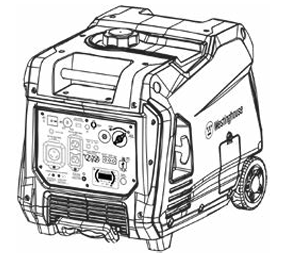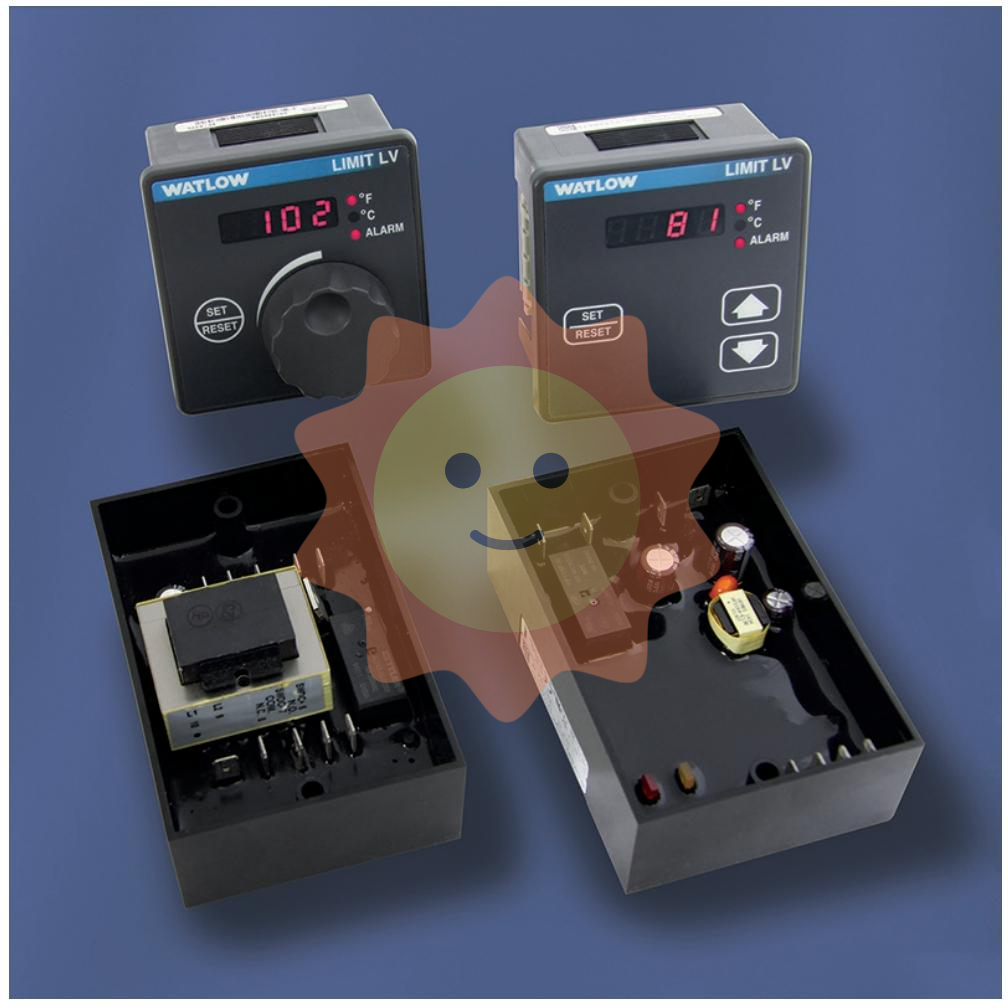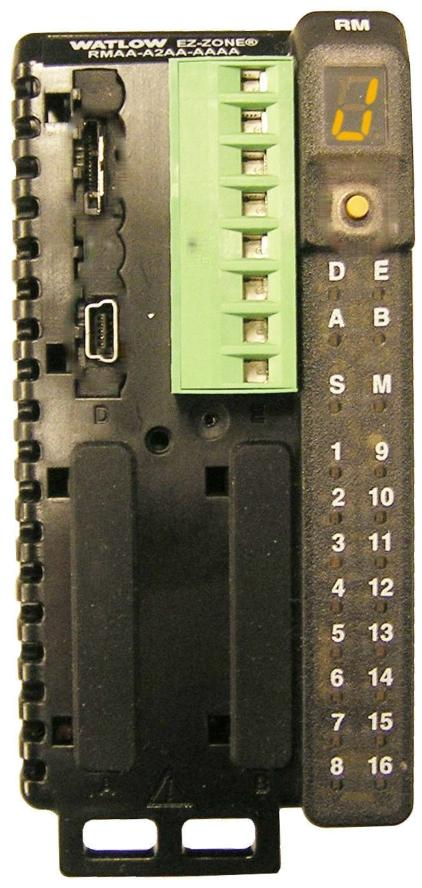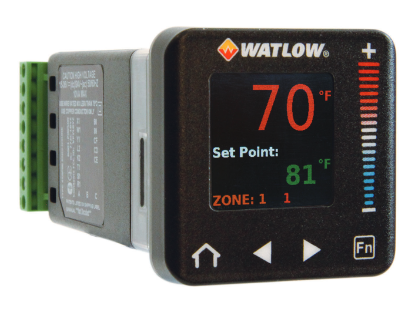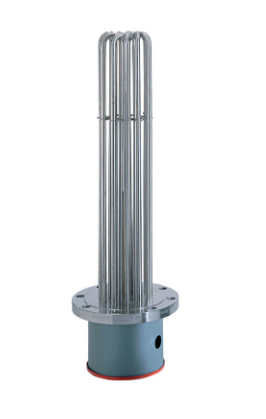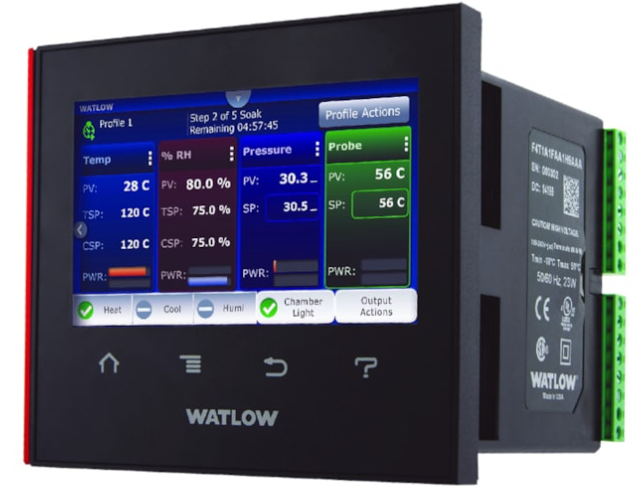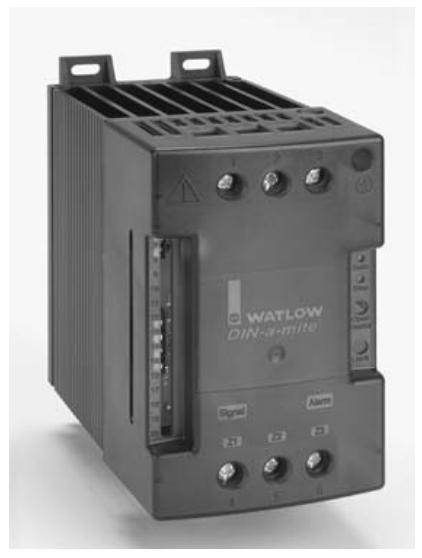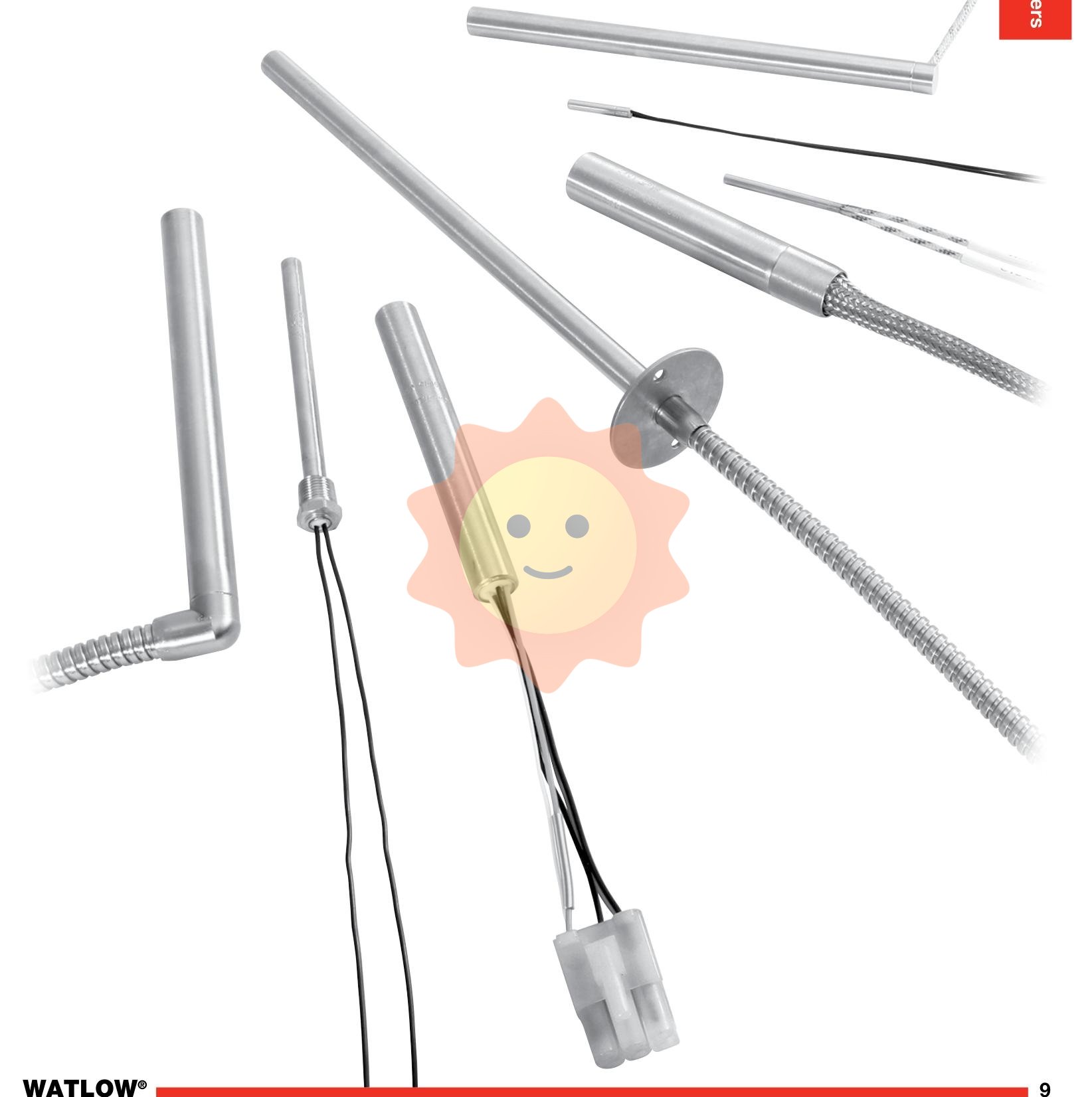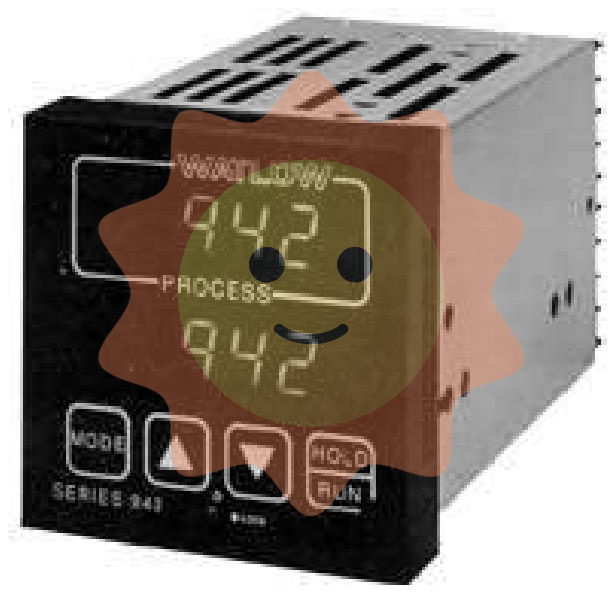BENTLY 330103-00-06-10-02-00 8 mm Proximity Probes
BENTLY 330103-00-06-10-02-00 8 mm Proximity Probes
Principle of operation
The probe is based on the operating principle of eddy current sensors, which utilise changes in the gap between the surface of the rotating shaft and the end of the sensor probe to measure vibration. When a high frequency current is added to the coil at the top of the probe and it is brought into close proximity with a conductive surface, eddy currents are generated on the surface of the conductive object due to the coil's magnetic lines of force, which causes the inductance of the coil to decrease. This change is converted to a DC voltage signal output, which enables the measurement of vibration.
Technical specifications
Probe diameter: 8mm
System components: including probe, extension cable, preamplifier. System length is optional 5m or 9m (including extension cable) or 1m (probe only).
Power supply: -17.5Vdc to -26Vdc required without safety grid, current up to 12mA.
Linear Range: Different probe diameters correspond to different linear ranges, e.g. 2mm, 4mm, etc.
Recommended Gap Setting: Different probe diameters correspond to different gap setting values, such as 1.27mm, 2.5mm, etc. For 8mm probes, a probe gap of 0.5 to 1.75mm is recommended to ensure full scale range.
Sensitivity (ISF): Different probe diameters correspond to different sensitivities, e.g. 7.87V/mm (200mV/mil), 3.94V/mm (100mV/mil), etc.
Frequency Response: 0-10kHz Maximum length from preamplifier to monitor is 305 metres field link.
Minimum recommended shaft diameter: 76.2mm (3in) (different probe diameters correspond to different shaft diameters).
Operating temperature: standard probe -52°C to +177°C; high temperature probe -52°C to +218°C.
Application Scenarios
The Bentley 3300XL eddy current sensor system, including the 330103-00-06-10-02-00 probe, is typically used for measurements in the following scenarios:
Shaft vibration measurement: By installing two sensors in the X and Y directions, the vibration of a rotating shaft can be monitored.
Shaft displacement measurement: Used to measure changes in axial displacement.
Key phase measurement: By means of the pulse signal generated by the notch or convex key, the rotational speed or key phase value can be measured.
Calibration and maintenance
The calibration of converging sensors is usually carried out using the Bentley TK-3E Eddy Current Probe Calibrator to calibrate the linearity of the sensor to ensure the accuracy of the measurement results.
Compatibility
The probe supports use with a variety of vibration monitors and modules, such as 2300/20, 1900/65A, 3500/42 and other 3500 frame system monitors.
Specifications
Unless otherwise noted, the following specifications are for a 3300 XL 8 mm Proximitor Sensor, extension cable and 8 mm probe between +18˚C and +27˚C (+64˚F to +80˚F) at a maximum altitude of 2000 meters, with a -24 Vdc power supply, a 10 kΩ load, an AISI 4140 steel target, and a probe gapped at 1.27 mm (50 mils). Performance characteristics apply to systems that consist solely of 3300 XL 8 mm components. The system accuracy and interchangeability specifications do not apply to transducer systems that are calibrated to any target other than our AISI 4140 steel target.
Description Notes:
1. One-meter systems do not use an extension cable.
2. Proximitor sensors are supplied by default from the factory calibrated to AISI 4140 steel. Calibration to other target materials is available upon request.
3. Consult Bently Nevada Applications Note, Considerations when using Eddy Current Proximity Probes for Overspeed Protection Applications, when considering this transducer system for tachometer or overspeed measurements.
4. 3300 XL 8 mm components are both electrically and physically interchangeable with non-XL 3300 5 mm and 8 mm components. Although the packaging of the 3300 XL Proximitor Sensor differs from its predecessor, its design fits in the same 4-hole mounting pattern when used with the 4-hole mounting base, and will fit within the same mounting space specifications (when minimum permissible cable bend radius is observed).
5. Mixing XL and non-XL 3300-series 5 mm and 8 mm system components limits system performance to the specifications for the non XL 3300 5 mm and 8 mm Transducer System.
6. The 3300-series 5 mm probe (refer to Document 141605) uses smaller physical packaging, but does not reduce the side view clearances or tip-to-tip spacing requirements as compared to an 8mm probe. It is used when physical (not electrical) constraints preclude the use of an 8 mm probe. When your application requires narrow side view probes, use the 3300 NSv Proximity Transducer System (refer to Document 147385).
7. 8 mm probes provide a thicker encapsulation of the probe coil in the molded PPS plastic probe tip. This results in a more rugged probe. The larger diameter of the probe body also provides a stronger, more robust case. We recommend that you use 8 mm probes when possible to provide optimal robustness against physical abuse.
8. Each 3300 XL extension cable includes silicone tape that you can use instead of connector protectors. We do not recommend silicone tape for applications that will expose the probe-to-extension cable connection to turbine oil.

- User name Member Level Quantity Specification Purchase Date
- Satisfaction :
-









Email:wang@kongjiangauto.com

